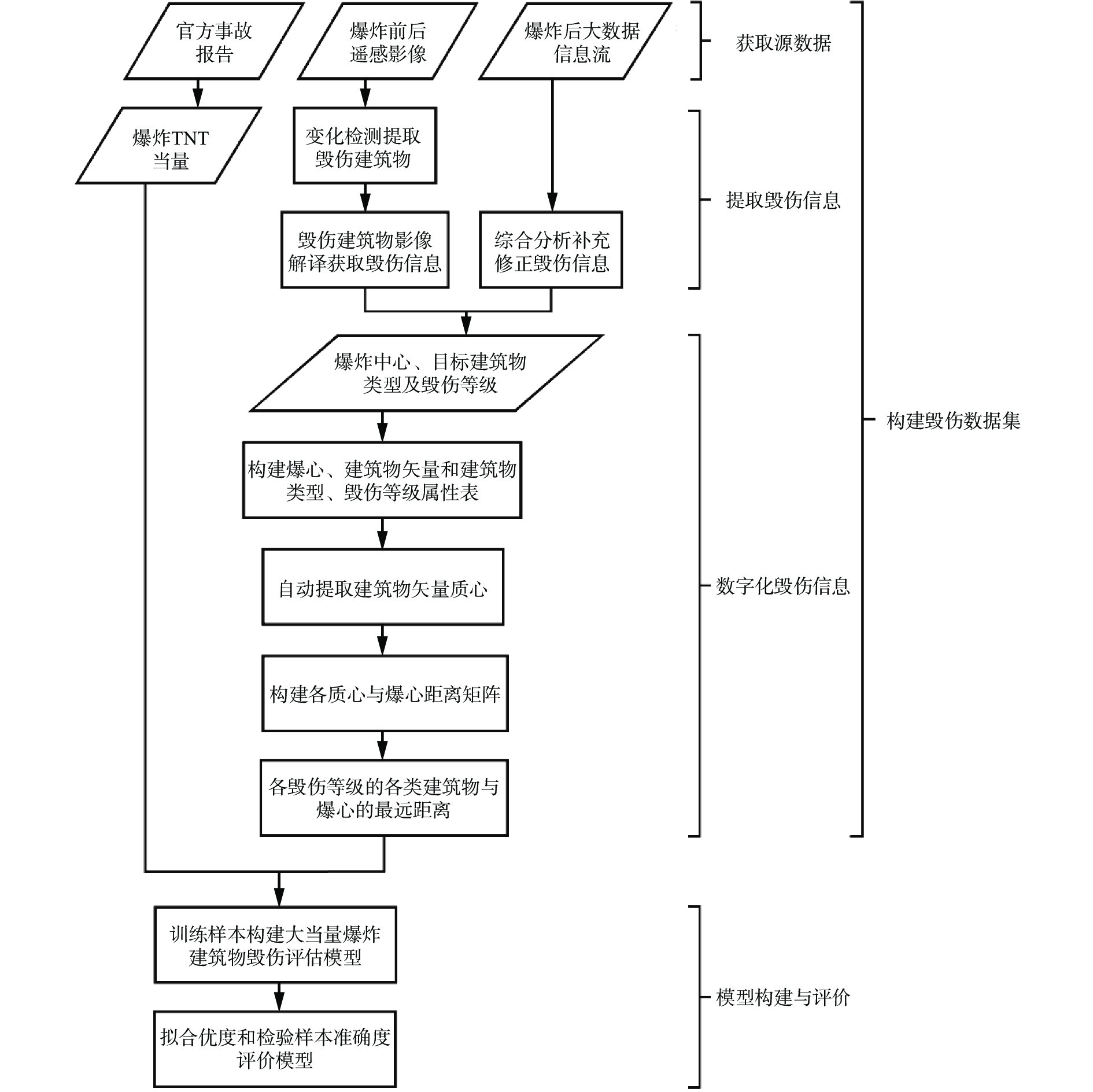| [1] |
张连玉, 汪令羽, 苗瑞生. 爆炸气体动力学基础 [M]. 北京: 北京工业学院出版社, 1987: 425–426.
|
| [2] |
ZHOU Z Q. Study of damage effect assessment based on multi-temporal image [D]. Wuhan: Huazhong University of Science and Technology, 2020: 40–45. DOI: 10.27157/d.cnki.ghzku.2020.006392. |
| [3] |
张军. 多时相图像检测方法及其在毁伤评估系统中的应用 [D]. 上海: 上海交通大学, 2008: 17–18.
ZHANG J. Processing method of multi-temporal remote sensing images and the use in damage assessment [D]. Shanghai: Shanghai Jiao Tong University, 2008: 17–18.
|
| [4] |
SIRMACEK B, UNSALAN C. Damaged building detection in aerial images using shadow information [C]//Proceedings of the 4th International Conference on Recent Advances in Space Technologies. Istanbul: IEEE, 2009: 249–252. DOI: 10.1109/RAST.2009.5158206. |
| [5] |
王威. 基于图像理解的打击效果评估系统研究与实现 [D]. 武汉: 华中科技大学, 2015: 9–13.
WANG W. Research and implementation of battle damage assessment system based on image understanding [D]. Wuhan: Huazhong University of Science and Technology, 2015: 9–13.
|
| [6] |
勾涛. 基于图像分析的毁伤评估系统关键技术研究 [D]. 长春: 吉林大学, 2019: 5–6.
GOU T. Research on key technologies of damage assessment system based on image analysis [D]. Changchun: Jilin University, 2019: 5–6.
|
| [7] |
孔祥锡, 秦闻远, 苏飘逸, 等. 基于深度学习及模糊层次分析的毁伤评估算法 [J]. 航空学报, 2023, 40: 1–18.
KONG X X, QIN W Y, SU P Y, et al. Damage assessment algorithm based on deep learning and fuzzy analytic hierarchy process [J]. Acta Aeronautica et Astronautica Sinica, 2023, 40: 1–18.
|
| [8] |
中国人民解放军总装备部军事训练教材编辑工作委员会. 核爆炸物理概论 [M]. 北京: 国防工业出版社, 2003: 51–55.
|
| [9] |
LI Q C, YAO C B, CHENG S, et al. Application of the neural network equation of state in numerical simulation of intense blast wave [J]. Explosion and Shock Waves, 2023, 43(4): 044202. DOI: 10.11883/bzycj-2022-0222. |
| [10] |
GLASSTONE S, DOLAN P J. The effects of nuclear weapons [R]. USA: Defense Technical Information Center, 1977: 453–501. DOI: 10.21236/ada087568. |
| [11] |
ZHANG H M, WANG M C, ZHANG Y X, et al. TDA-Net: a novel transfer deep attention network for rapid response to building damage discovery [J]. Remote Sensing, 2022, 14(15): 3687. DOI: 10.3390/rs14153687. |
| [12] |
孙家抦. 遥感原理与应用 [M]. 3版. 武汉: 武汉大学出版社, 2013: 174–176.
SUN J B. Principles and applications of remote sensing [M]. 3rd ed. Wuhan: Wuhan University Press, 2013: 174–176.
|
| [13] |
全国地震标准化技术委员会. 中华人民共和国地震行业标准: DB/T 75—2018 [S]. 北京: 中国标准出版社, 2019.
|
| [14] |
卢芳云, 李翔宇, 田占东, 等. 武器毁伤与评估 [M]. 北京: 科学出版社, 2021: 93–152.
|












 DownLoad:
DownLoad:







